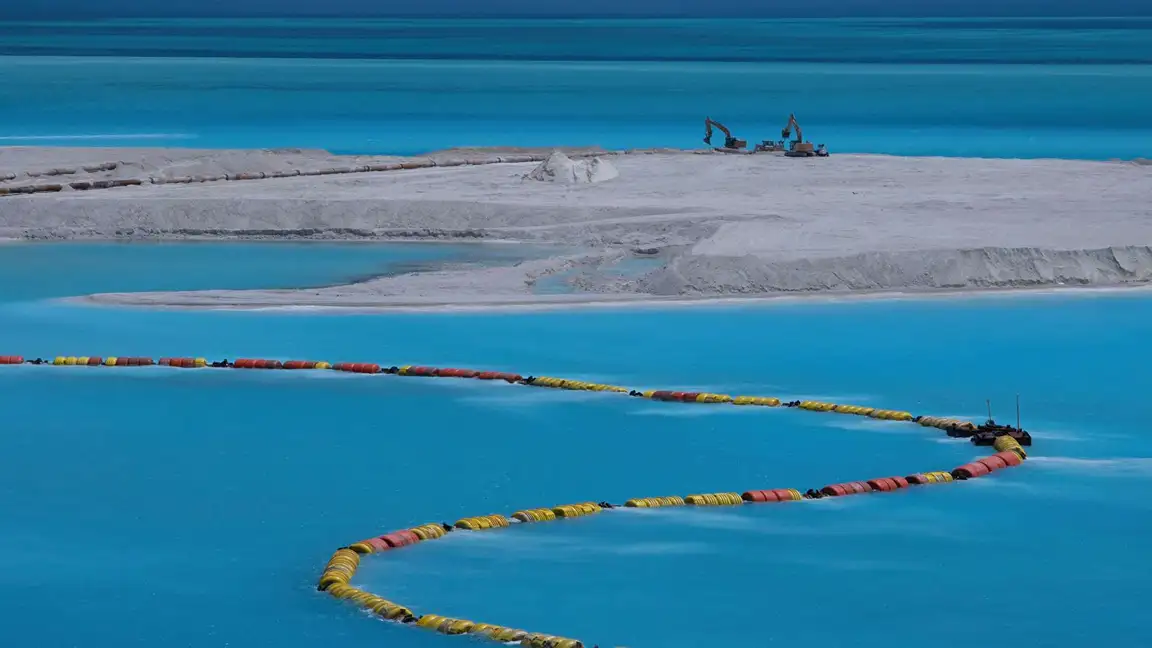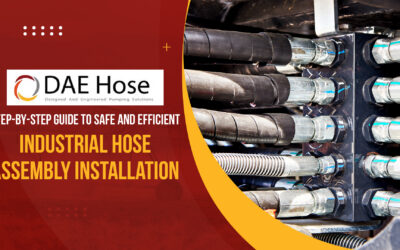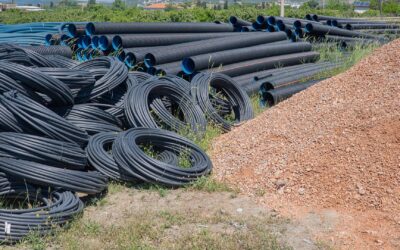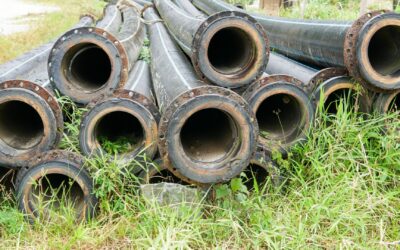Introduction
Marine operations—spanning commercial, industrial, and environmental sectors, demand seamless coordination between equipment, personnel, and unpredictable natural elements. With growing pressure to meet safety, efficiency, and sustainability benchmarks, even the smallest tools must be optimized. One such critical yet often overlooked asset is the commercial hose float.
From dredging and oil spill recovery to supporting temporary pipelines, commercial floats play a key role in streamlining marine workflows. This article explores their wide-ranging applications, unique advantages, and important selection criteria. Whether managing a harbor dredging project or deploying offshore infrastructure, understanding how commercial hose floats function can help teams reduce disruptions and enhance site safety. As marine technology evolves, these compact yet powerful tools continue to contribute to smarter, more effective marine operations.
What is a Commercial Hose Float?
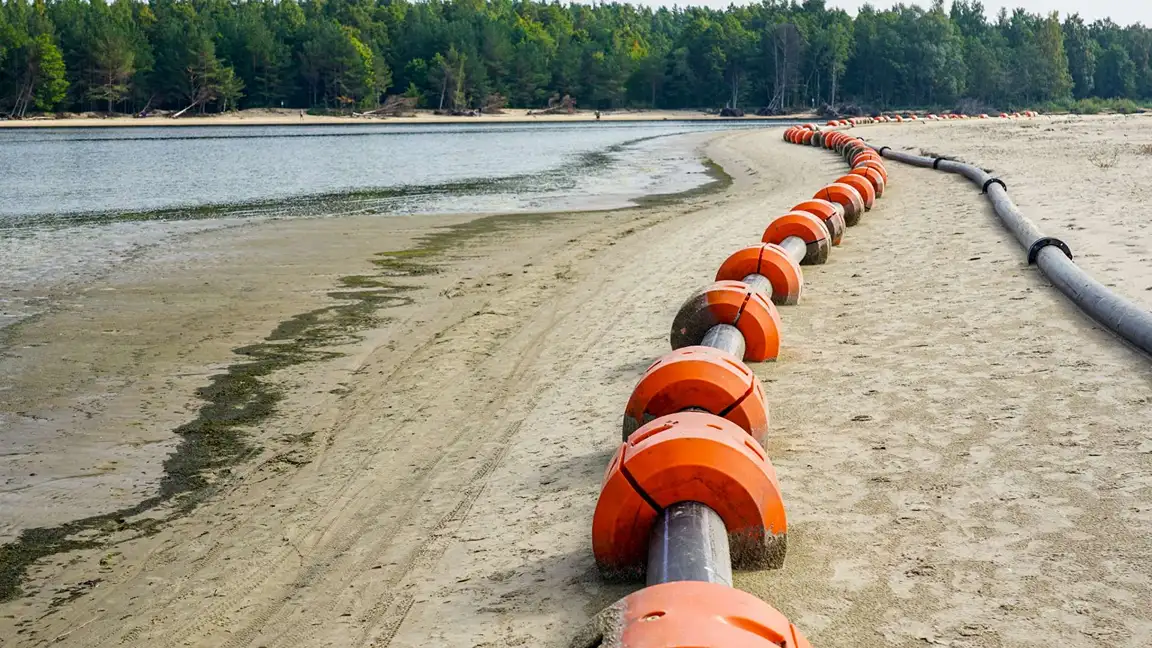
A commercial hose float is a buoyant, clamp-on device specifically designed to keep flexible marine hoses float in high-demand environments. Manufactured from UV-stabilized, high-density materials such as polyethylene, commercial floats are built to endure tough conditions like saltwater exposure, vessel impact, and changing currents. By preventing hoses from sinking, these tools reduce entanglement, abrasion, and structural stress on fluid transfer systems.
Mounted around hoses or pipelines, commercial hose floats suspend them near the surface to ensure consistent positioning throughout dynamic marine operations. Their high visibility—typically bright orange or yellow—adds a crucial layer of safety for nearby crews and vessels navigating the site.
Commercial floats used in large-scale or offshore environments feature enhanced buoyancy and reinforced hardware to support heavier hose loads and wider diameters. Many models incorporate interlocking modules or foam-filled interiors, offering durability even in rough sea conditions. Whether used in temporary pumping stations or long-term dredging projects, commercial hose floats are essential to modern marine engineering, offering stability, visibility, and efficiency in one streamlined solution.
Key Applications of Hose Floats
Commercial hose floats serve critical functions across a wide range of marine industries. Their ability to enhance operational safety and efficiency makes them essential for multiple tasks. Because they adapt to changing project needs, commercial floats are a versatile and cost-effective addition to any marine setup. Their seamless integration with existing systems also reduces deployment time—ideal for fast-paced, time-sensitive operations. Whether supporting offshore infrastructure or aiding in environmental remediation, commercial floats contribute to dependable and sustainable marine solutions.
1. Dredging Operations
Dredging is vital for clearing sediment from harbors, rivers, and construction zones to maintain navigable waterways and support marine development. In these operations, commercial floats suspend slurry transport pipelines above water, ensuring they remain aligned and functional. Without support, these lines are vulnerable to sinking, damage, or entanglement with debris.
Benefits of using commercial hose floats in dredging:
- Prevent rupture and abrasion of pipeline components.
- Enables precise alignment and easier route tracking.
- Improve flow consistency and reduce downtime.
- Enhance vessel safety by marking pipeline paths.
- Allows quick inspection and simplified maintenance.
By maintaining buoyancy and height, commercial floats help manage internal pressure and flow uniformity, optimizing pump efficiency and reducing mechanical stress on valves and joints. This consistency supports better discharge management and prevents blockages in sediment transfer.
2. Oil Spill Recovery
Rapid response is critical during oil spill events to protect marine life and coastal industries. Commercial floats are used to keep recovery hoses and lines suspended on the water’s surface, enabling smooth and continuous flow of oil to collection systems. These tools also improve vessel visibility, reducing the risk of collision and interference from passing vessels.
Advantages of commercial hose floats in spill response:
- Easier navigation and maneuvering for recovery vessels
- Reduced risk of hose twisting or snagging
- Faster oil suction and transfer rates
- Streamlined operations with minimal setup
- Support for long, connected hose systems in open water
In emergency conditions, commercial floats can be deployed quickly by small teams. Their durability and lightweight structure ensure performance even in harsh seas. Commercial hose floats also assist in organizing skimmers, containment booms, and transfer lines to form a unified, effective cleanup system.
3. Pipeline Support
Temporary marine pipelines often face stress from currents, shifting sediments, or surface movement. Commercial floats provide essential buoyancy and flexibility for such pipelines, keeping them off the seabed and safeguarding against abrasion and misalignment. Their use is especially valuable in locations where permanent pipe infrastructure is not feasible.
Key applications for commercial hose floats in pipeline support:
- Offshore energy projects and underwater builds
- Temporary dewatering and pumping operations
- Environmental monitoring and remediation systems
Key benefits:
- Prevent direct pipe-to-seabed contact and wear
- Allows fast repositioning with modular support.
- Maintain steady flow through fluctuating conditions.
- Improve visibility for inspection teams and divers.
- Withstands varying water levels and weather stress.
Benefits of Using Hose Floats in Marine Operations
Devices designed to keep hoses and pipes above water offer more than just buoyancy—they play a crucial role in improving workflow efficiency, ensuring safety, and reducing operational costs in marine environments.
1. Enhanced Safety
Marine environments are naturally unpredictable, and maintaining control over floating hoses is crucial for operational safety. When hoses are properly supported at the surface, they become easier to locate, monitor, and manage—significantly reducing the risk of accidents in crowded ports or offshore zones.
These buoyant systems also serve as visible markers in low-visibility conditions, helping divers, vessels, and equipment operators avoid unintended contact. Their bright colors act as clear warnings for nearby marine traffic, ensuring better coordination and awareness. In emergency scenarios, the visibility and accessibility of floating hose segments allow response teams to act quickly and efficiently to isolate or address problem areas.
2. Improved Efficiency
Maintaining hose buoyancy and alignment reduces the risk of kinks, bends, or physical damage, leading to smoother workflows, fewer disruptions, and minimal maintenance demands.
Efficiency is also enhanced through quicker deployment and retrieval, allowing crews to manage equipment with less labor and time. Consistent flotation helps stabilize the flow of fluids, which is essential for maintaining accurate pressure levels and flow regulation in various marine applications.
3. Cost-Effective Operations
Despite being a relatively small investment, these buoyancy solutions lead to substantial long-term savings by prolonging hose lifespan, reducing the need for repairs, and minimizing downtime. They also help lower energy usage by enabling more efficient hose positioning, which cuts down on drag and friction. Throughout a marine project, these benefits can result in significant cost reductions. Furthermore, by decreasing the risk of spills and equipment failures, they support better compliance and help avoid costly environmental penalties.
4. Ease of Installation and Use
Hose floats often feature a split-shell design, allowing quick clamping around hoses without disassembly. Their modular, lightweight build makes them easy to scale and handle, even for small crews. Tool-free installation helps speed up setup and reduces operational delays.
5. Durability and Weather Resistance
Hose floats are made from UV-stabilized, corrosion-resistant materials, built to endure harsh marine conditions. Many include foam cores to stay afloat even if punctured. Their strength reduces replacements, lowers costs, and ensures long-term reliability at sea.
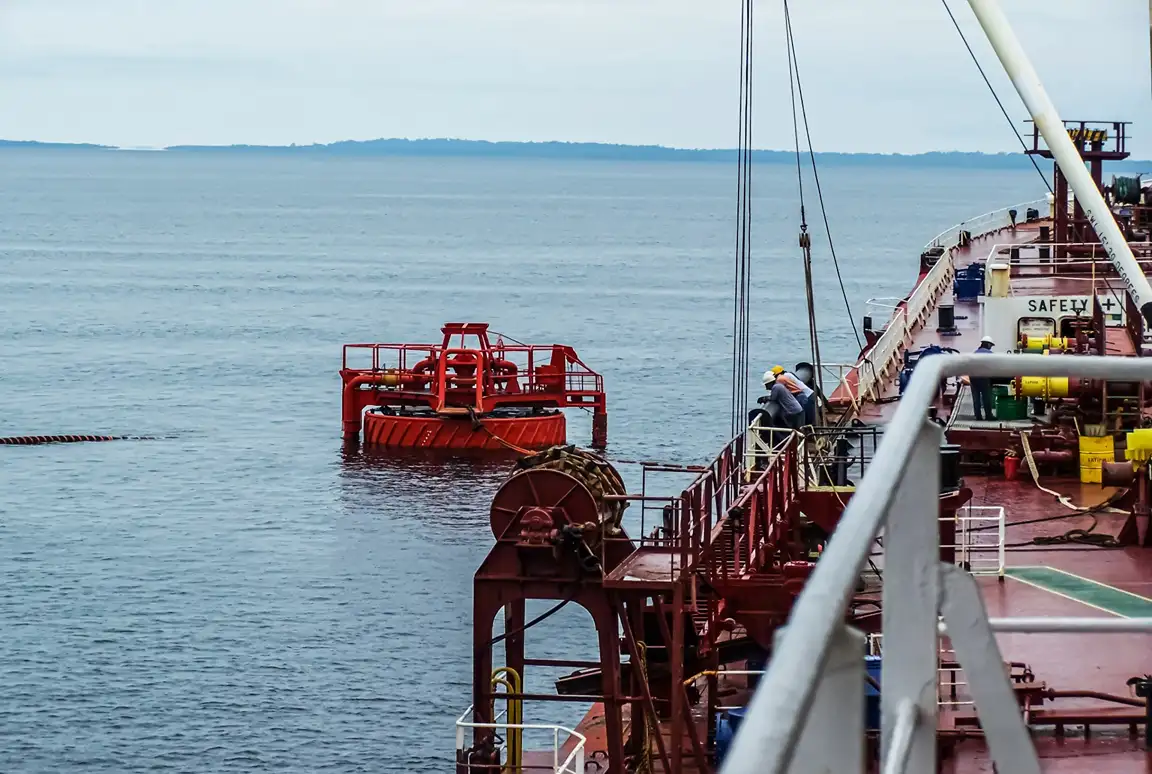
Types of Commercial Floats
Marine applications often require different types of floats, each designed for specific tasks and environments. Here’s a quick look at the types of commercial floats commonly used:
1. Standard Hose Floats
Used for general-purpose floating of hoses in calm waters. These are ideal for small-scale dredging or harbor operations.
Standard hose floats are often the first line of defense against minor hose submersion issues. Their simplicity, affordability, and ease of use make them a go-to solution for small vessels, construction teams, and port authorities conducting short-term or seasonal projects. They provide the buoyancy needed for short hose sections and are often used in tandem for extended setups.
2. Heavy-Duty Commercial Hose Floats
Designed for industrial and offshore environments, these floats have reinforced structures to handle high loads and intense conditions.
Heavy-duty floats feature improved load-bearing designs and superior material resistance to abrasions and UV degradation. They are often employed in operations involving large diameter hoses or harsh currents. Some models include shock-absorbing features that reduce stress on hoses in rough waters or during high-volume fluid transfer.
3. Modular Floats
Can be linked together to support larger or irregularly shaped pipelines. Useful for custom projects and adaptable applications.
Modular floats allow users to create tailored buoyancy systems for complex configurations. Ideal for projects with dynamic needs, such as flexible hose arrangements, modular floats provide scalable support while ensuring hose alignment. These floats are also popular in research and exploration vessels that require adaptable and portable buoyancy systems.
4. Cable Floats
While not specifically for hoses, cable floats are used for keeping underwater cables afloat and can be adapted for hybrid setups.
Cable floats can double as hose supports in certain hybrid setups, making them a flexible investment. Their design emphasizes protection from abrasion and stability over long distances. Commonly used in telecommunications, energy distribution, and remote sensing equipment, these floats offer cross-industry value.
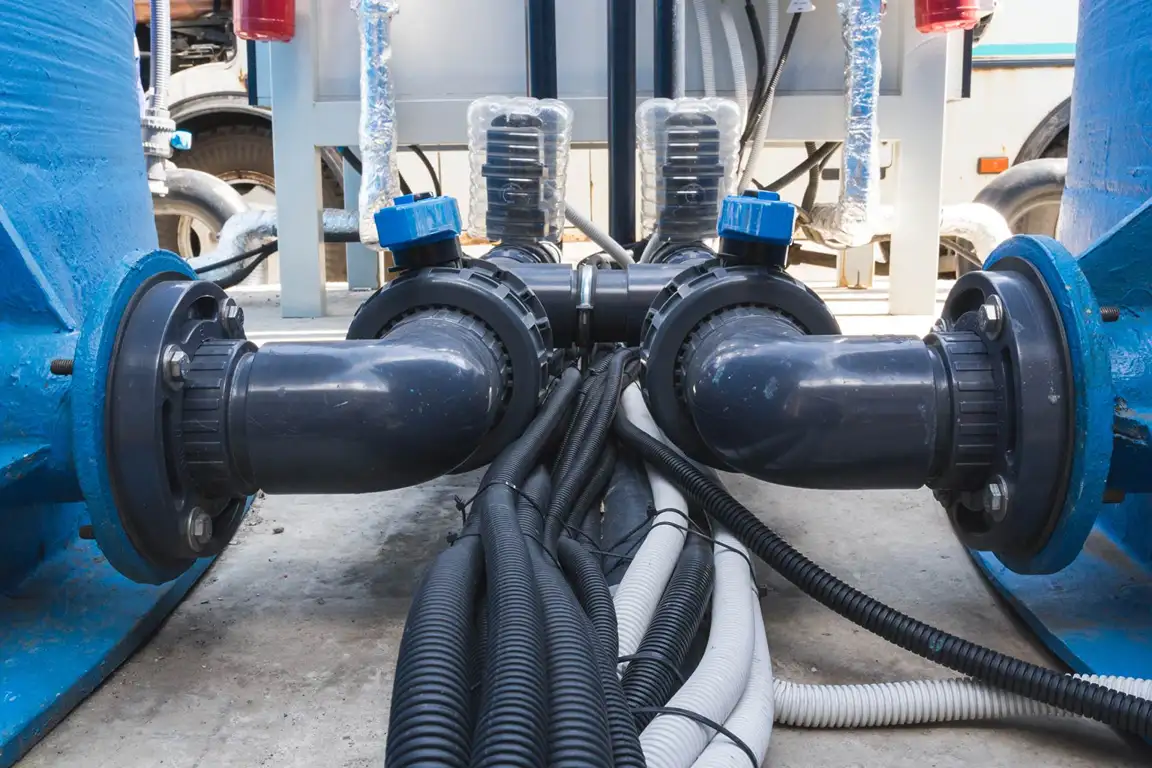
Choosing the Right Hose Float
Selecting the right hose float depends on multiple operational factors. Making an informed choice ensures optimal performance and safety.
Key Considerations:
- Hose Diameter and Length: Ensure compatibility with the dimensions of the hose or pipeline being supported. Larger or heavier hoses require stronger and more buoyant floats.
- Buoyancy Requirements: Choose floats with the appropriate buoyancy to support the hose under various load conditions. This includes accounting for the weight of fluid being transported.
- Environmental Conditions: Consider water type (salt or freshwater), wave activity, and UV exposure. Rougher waters call for higher-grade materials and sturdier build.
- Installation Requirements: Opt for floats that are easy to install and remove as per project needs. Tool-free models improve field efficiency.
- Material Durability: UV-stabilized and corrosion-resistant materials offer long-term reliability. Check for industry certifications to ensure compliance.
- Customization Needs: Some projects may require specially designed floats for unique hose arrangements or load specifications. Look for suppliers that offer tailored float designs for specialized tasks.
Matching the float characteristics with operational needs reduces unnecessary costs and ensures seamless system integration. Consult manufacturers or marine engineers to evaluate load dynamics and pressure zones before final selection.
Real-World Use Cases
To better understand the practical value of those floats, let’s explore a few real-world scenarios:
1. Harbor Dredging in Southeast Asia
A port authority undertook a major dredging operation to accommodate larger container ships. Commercial hose floats were used to keep dredge pipes afloat, ensuring efficient sediment transfer. The use of floats reduced project duration by 20% and minimized hose-related incidents.
Consistent buoyancy and routing support helped the team eliminate unnecessary downtime and reduced the need for manual repositioning. High-visibility markers enhanced navigation and improved safety coordination between cargo and dredging vessels. This example shows that even mid-sized port operations can achieve notable improvements with straightforward flotation systems.
2. Oil Spill Response in the Gulf of Mexico
During an emergency oil spill cleanup, buoyant support systems allowed for quick and efficient deployment of suction hoses, preventing tangling and submersion. Their high visibility aided coordination among multiple vessels, ensuring a swift and safe operation.
Responders reported improved logistical planning, reduced hose overlap, and better onboard management. These systems also proved resilient in harsh weather, maintaining consistent flow for skimmers and suction pumps throughout several days of active cleanup.
3. Temporary Pipeline Setup for Offshore Wind Farm Construction
During the construction of an offshore wind farm, flexible pipelines were used to manage water supply and discharge for various tasks. Buoyancy aids kept these pipelines afloat, preventing interference with marine ecosystems and seabed installations.
They also allowed for real-time route adjustments as the project evolved, offering crucial flexibility. By keeping the pipelines clear of anchors and construction equipment, the system helped avoid snags and delays, ultimately supporting faster project completion. Engineers noted that these flotation solutions played a key role in meeting both environmental and operational compliance standards.
Conclusion
In the complex and challenging world of marine operations, even modest equipment can have a significant impact. By improving buoyancy, enhancing visibility, and safeguarding hoses and pipelines, they contribute directly to operational reliability and safety. Whether it’s dredging, oil recovery, or temporary fluid transfer systems, selecting the right commercial hose floats leads to smoother workflows and protects essential assets. As marine activities expand into deeper and more demanding territories, hose floats continue to prove themselves as indispensable tools for maintaining efficiency and minimizing risk at sea.

